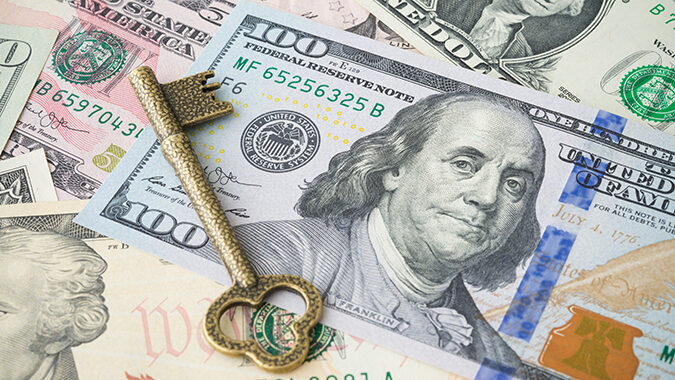The Federal Reserve raised interest rates by a quarter of a percentage point again on Wednesday, bringing the benchmark rate to a 22-year high.
The Fed's action sets the federal funds rate, which guides overnight lending among U.S. banks, at a range of 5.25% to 5.50%. The last time the benchmark rate was 5.5% or higher was in early 2001.
The Fed has been aggressively raising interest rates since March of 2022 to cool the economy and reduce inflation. However, higher interest rates have also made it more expensive for businesses and consumers to borrow money, impacting loans, credit card bills and mortgages.
Inflation, now at 3%, has eased significantly since hitting a 40-year high of 9.1% in June 2022, but it remains above the Fed’s 2% inflation goal. Therefore, the Federal Open Market Committee’s decision today to raise interest rates for the 11th time in 16 months was not unexpected.
At its June meeting, when the FOMC had voted to hold interest rates steady to assess how the economy was responding, it also made clear the pause was only temporary.
“Inflation has moderated somewhat since the middle of last year,” Fed Chairman Jerome Powell said at a news conference following today’s meeting. “Nonetheless, the process of getting inflation back down to 2% has a long way to go.”
Asked about the possibility of another interest rate increase being approved at the Fed’s next meeting in September, Powell was noncommittal. The FOMC would carefully assess reports on a broad range of economic indicators, including labor market activity, over the next eight weeks before deciding, he said.
“We will continue to make our decisions meeting by meeting based on the totality of the incoming data, their implications for the outlook for economic activity and inflation, as well as the balance of risks,” Powell said.




